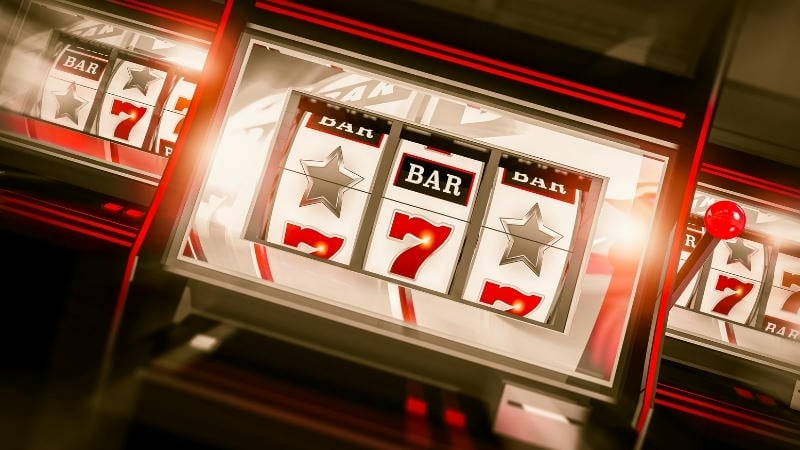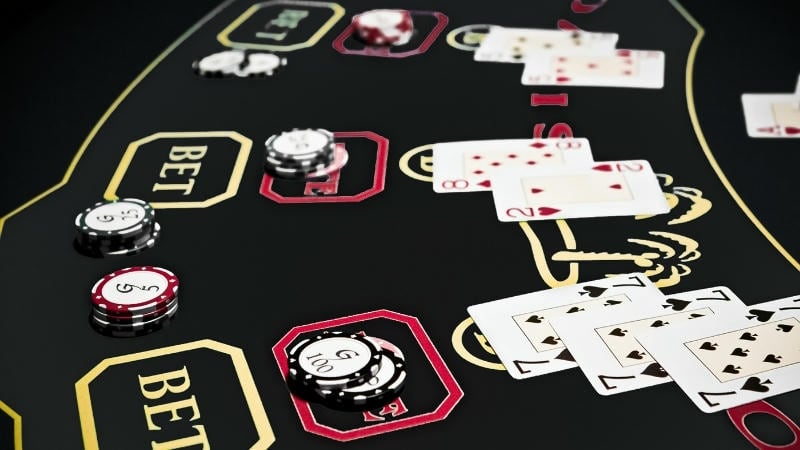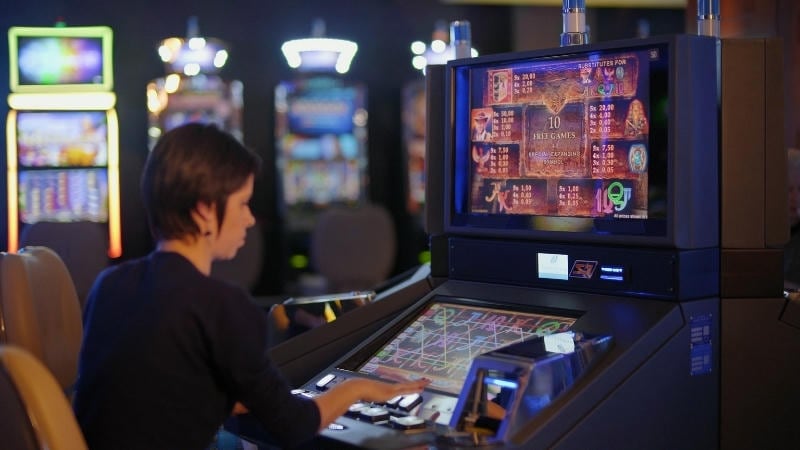When playing slots at 91 Club, luck isn’t everything — understanding what variance and volatility in slots are is key. These two factors determine how often and how much you win. Let’s explore them to help you play more wisely and effectively!
Why You Should Understand Variance and Volatility
Most players focus on chasing wins, without realizing that every slot game is designed with a specific level of variance (how unpredictable the payouts are) and volatility (the size and frequency of wins). While often used interchangeably, both terms reflect how risky or stable a slot game feels—and why some games “feel” lucky while others seem impossible to crack.

Understanding these two concepts can drastically improve your approach to slots. Rather than relying on blind luck, knowing a game’s volatility gives you insight into what to expect and how to prepare for it, both mentally and financially.
What is Variance?
Variance measures the difference between expected and actual outcomes over time. A high-variance slot might not pay out for 100+ spins, but when it does, the rewards can be massive—potentially 100x your bet or more. On the flip side, a low-variance slot will deliver frequent but smaller wins, which help you sustain your bankroll longer.
What is Volatility?
Volatility refers to the same idea but is more commonly used in player-facing descriptions. A low-volatility slot gives you frequent wins that feel consistent but modest. High-volatility games create exciting tension—they might pay out rarely, but the potential payouts are massive, especially when bonus rounds or multipliers are involved.
Examples for context:
- Low volatility: Win $5–$10 every 10–20 spins.
- Medium volatility: Win $20–$50 every 30–50 spins.
- High volatility: May require 100–200 spins for a hit, but payouts could reach $500–$2,000 or more.
Knowing a game’s variance and volatility helps you select the right slot for your budget, risk tolerance, and playing goals—whether you’re here for fun, thrills, or that elusive jackpot.
How Slot Volatility Shapes Your Playing Style
Ever felt like a game “pays often” or “never hits”? That’s not luck—that’s variance and volatility in action. Here’s how to play accordingly:
Match volatility with your budget and goals
If you’re on a tight bankroll, avoid high-volatility slots. You could easily lose your funds before hitting a big payout. Instead, stick with low-to-medium volatility games and aim for ones with a high Return to Player (RTP)—ideally 96% or higher.
Example: With a $100 budget and a $0.30/spin bet on a low-volatility slot with 97% RTP, you could get over 300 spins, increasing your chances for regular small wins.
If you enjoy high-stakes thrill and can tolerate longer dry spells, high-variance slots might suit you. Just remember, big wins come with big risks—including long losing streaks.

Combine volatility with RTP and House Edge
House Edge is the built-in advantage the casino holds. For example, if a slot offers 96% RTP, the House Edge is 4%. Combine this with volatility, and you can better gauge how fast a game will drain (or sustain) your bankroll.
A high-volatility slot with 5%+ House Edge can be brutal. In contrast, medium-volatility slots with 97%+ RTP offer a better balance for long-term play.
How RNG Ensures Random Results—Every Time
Even when you understand variance and volatility, you still can’t predict outcomes. Why? Because of RNG—the Random Number Generator.
What does RNG do?
RNG is a software algorithm that generates completely random results for every spin. It ensures fairness by selecting combinations from millions of possibilities the moment you click “Spin.”
And crucially, previous results don’t affect the next one. Many players think, “I’ve lost 50 times in a row—my win must be next.” That’s false. RNG resets every round.
How RNG works with variance and volatility
RNG itself doesn’t create variance. Instead, the game’s design defines how frequently winning combinations appear—and how much they pay. RNG simply distributes those combinations randomly.
For example, a game with 5 reels and 20 symbols may hide a massive jackpot behind a 1-in-500,000 combo. That’s where variance and volatility kick in. Even though the spin feels lucky or unlucky, the system is working exactly as designed to maintain the House Edge.
Smart Strategies for Playing High-Variance Slots
Once you understand variance, volatility, RTP, House Edge, and RNG, you’re ready to approach slot games with strategy—not superstition. Here’s how to play smart:
Manage your bankroll above all else
Playing high-volatility slots without a budget is a recipe for disaster. If you have $200, don’t wager $10 per spin. Stick to $0.50–$1 spins, allowing enough room for a payout cycle to hit.

Watch for patterns—but know when to stop
While slots are random, some have observable “reward rhythms.” If a game starts hitting small wins consistently, you might be in a payout cycle. On the flip side, if you’ve spun 100 times with nothing—take a break. Don’t chase a dry streak blindly.
Don’t treat slots as a source of income
Slot machines are designed for entertainment, not profit. The House Edge guarantees the casino wins over time. Treat wins as bonuses, not expectations. Play for fun, and walk away when the fun ends.
Switch things up with Live Casino games
If slot variance starts to wear you down, try mixing it up with Live Casino games like Blackjack, Baccarat, or European Roulette. These games typically have lower variance and offer more control—especially for strategic players.
Knowing what variance and volatility in slots are helps you choose the right game and strategy at 91 Club. Match your gameplay with your budget and goals to enjoy responsibly and boost your chances of winning in every spin.

